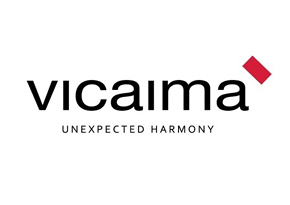The use of deployable gridshells as formwork for concrete shell construction.
WHO IS THIS RESEARCH RELEVANT TO AND WHY
Architects, Engineers, Contractors, timber technologists, concrete specialists, Specialists in form optimisation, Craftspersons, Carpenters.
ABSTRACT / DESCRIPTION
Concrete shells were used extensively in the 20th century for their efficient use of materials, however the cost of producing the complex form in rigid planar material was often prohibitive and the use of shells declined. My research examines the potential to use gridshell as a redeployable formwork system for concrete shells. Gridshells have seen a revival in the last decades following the successful design and completion of the Weald and Downland timber gridshell in Sussex, UK and Savill Garden Gridshell in Windsor, UK. Intrinsically linked to architecture and structure, the projects embed, embody and unify construction understanding and forming process, epitomising the holistic trinity of architecture, structure and craft. The gridshell deforms from a 2-dimensional timber lattice flat-mat into into a three-dimensional structure, whose geometry is held at the abutments. Thus complex 3D forms can be produced from a simple 2D planar assembly. The idea of using a flat-mat as concrete formwork is proposed as a reusable, reconfigurable solution that address the shortcomings of previous concrete shell formwork.



















